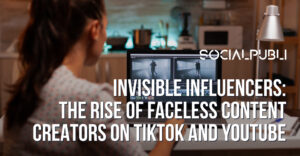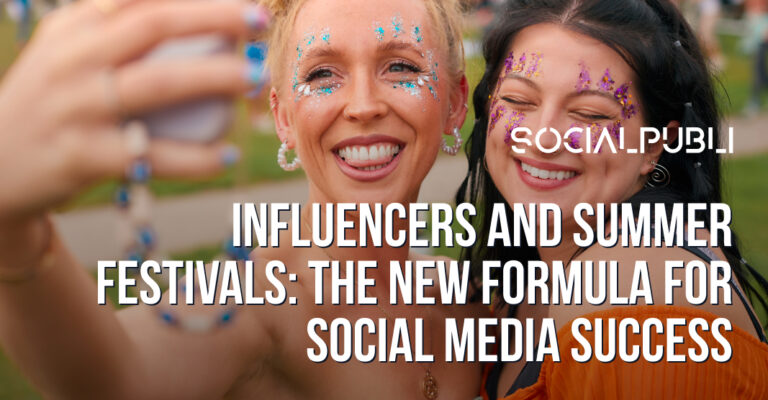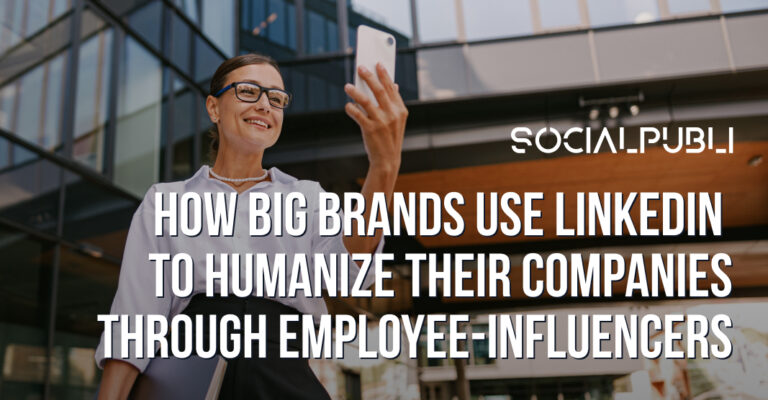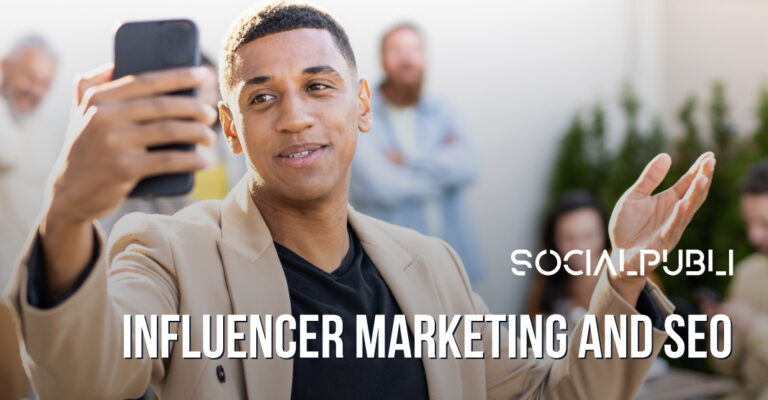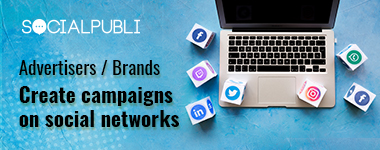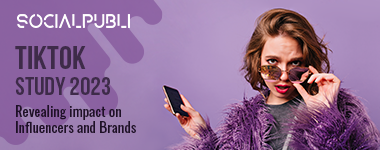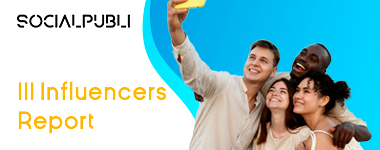Influencer marketing has revolutionized the digital landscape with its credibility and levels of engagement, becoming the preferred advertising solution for many companies. Let’s see how it has affected four media channels.
1 – Internet Ads
At the beginning of 2017, 30% of Internet users had Ad Blockers. Google Chrome recently incorporated them into their browser, although they only block the most intrusive ads. So just imagine the number of users that can’t be reached through online ad campaigns. We will always have SEO, but it doesn’t fully cover our need to show our products to new audiences.
People feel overloaded by ads that they didn’t ask to see. Through influencer marketing, you can show new products and services to a public that trusts, connects with and interacts with those users. You can even do a segmentation similar to the one done with Ads. For example, a basketball influencer, with followers interested in his message, is the ideal way to promote basketball shoes.
2 – Television
The younger audience has left television behind, focusing on content on the Internet, such as YouTube or Netflix. The website ‘Cultture’ did a survey among its users with very revealing data: 72% of young people look at YouTube daily, compared to 20% who watch television every day. Television has been relegated to being a medium that only works for large consumer brands.

3 – Social Media for Companies
The social media networks a company uses are their calling card to the world. You have to be careful and maintain the delicate and complex balance between advertising and adding value to your fans, who follow these accounts voluntarily. Although it takes time, resources and the social media networks themselves make it difficult, some companies have managed to achieve that balance.
In spite of everything else, the biggest problem that companies face is credibility. For example, a movie is going to advertise itself as worth seeing, but in the end we’ll go see the movie because someone we know recommended it.
To put a value on using influencers, we can look at data from the latest IAB Spain report. 85% of Internet users follow influencers, 49% follow their recommendations and 92% trust content generated by other people more than traditional advertising.
In addition, company networks all tend to reach the same users. By means of influencer marketing, you can reach users in a niche who may become interested in you for the first time.
4 – Influencers
As you can see, the influencers have finished off the influencers. Or rather, the micro-influencers have finished them off.
If the influencers represent trust, the micro-influencers, with their smaller and closer-knit communities, have much higher credibility. A greater percentage of their followers are people who they know outside the Internet, and twith who they have a close connection. So it’s natural that their followers would put greater trust in what they have to say.
This is reflected in the engagement rate. In SocialPubli.com we always say that #WeAreAllInfluencers, and that the number of followers is not what determines influence. For example, on Instagram, accounts with fewer than 1,000 followers have about a 10% engagement, a figure that goes down to 2% for users with thousands and thousands of followers. If marketing campaigns are done with several micro-influencers, the ROI will be much higher.
So, what do you think? Would you like us to help you with your next campaign?

